In the interior decoration, we use tiles more or less. At least, most people decorate their homes, and the walls and floors of kitchens and bathrooms will be tiled. The tiles are damp-proof, wear-resistant, easy to clean and maintain, and there are many kinds of flowers and samples. However, when you enter the world of tiles, you will find that the material of the tiles is different. What materials are the tiles ? Many people are silly and indistinct. In fact, the common tiles on the market mainly include whole body tiles, glazed tiles, vitrified tiles, polished tiles, etc. The scope and advantages and disadvantages of different materials are different! Xiao Bian now take everyone to see specifically what materials tile !
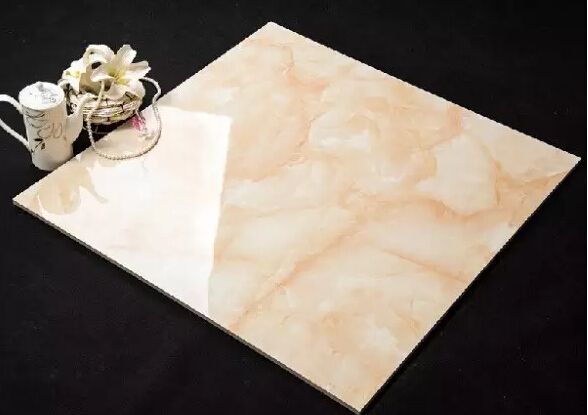
â–º Glazed tiles
Glazed tiles, as the name suggests, are made by high-temperature firing of glazes. They can be divided into ceramic glazed tiles and porcelain glazed tiles depending on the use of raw materials. The surface can be made rich in color and pattern changes, and stain-resistant. Force, non-slip effect, suitable for use in the kitchen or bathroom space, the disadvantage is due to the glaze surface, poor wear resistance.
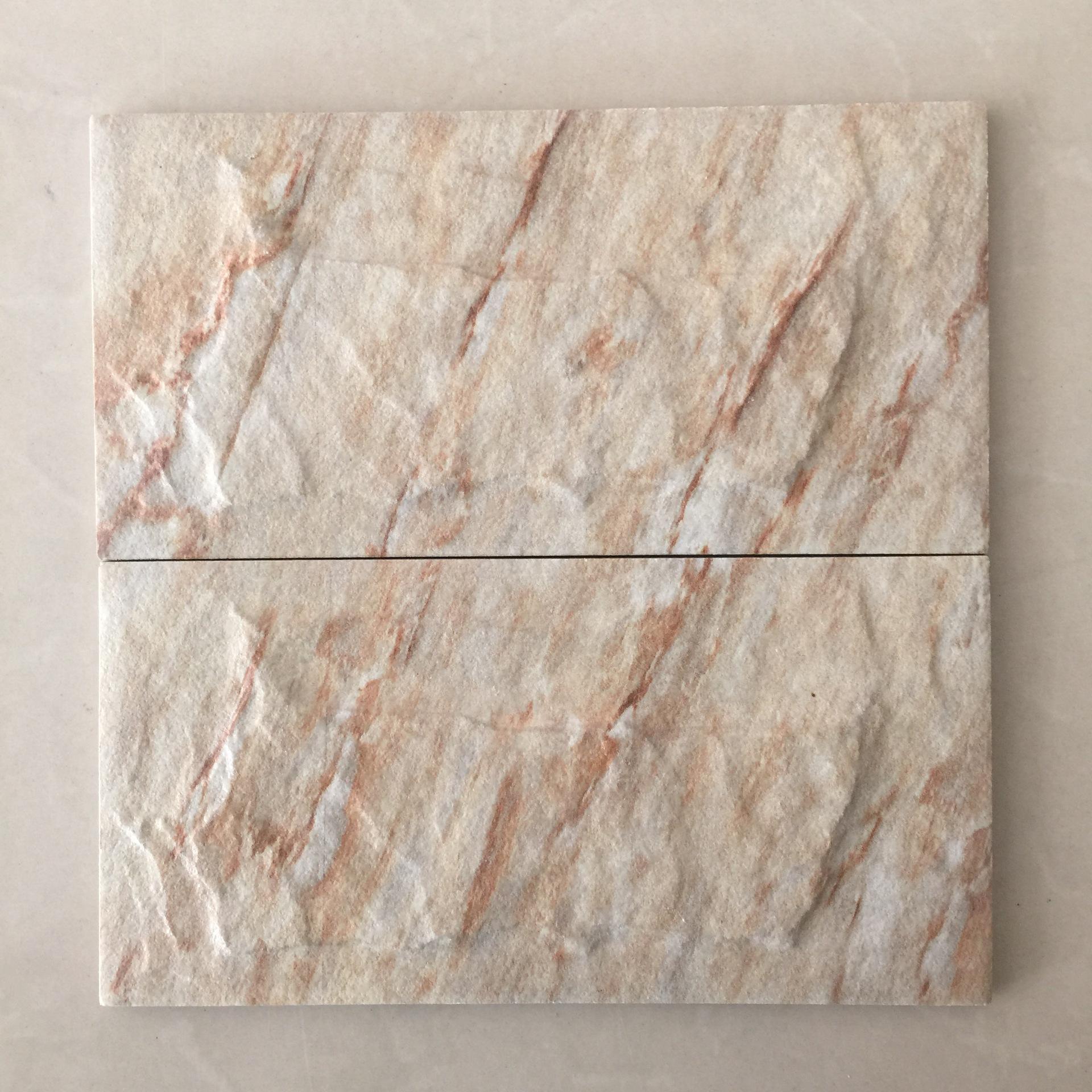
â–º Whole body brick
Whole brick refers to the surface is not glazed, the front and back of the material and the color of the tiles, it has good slip resistance and wear resistance, many of the market's "non-slip floor tiles" mostly belong to the whole body brick, often used in indoor public space or Walkway ground. The disadvantage is that compared to the flexibility of the glazed tile, the species selection of the whole body brick is less.
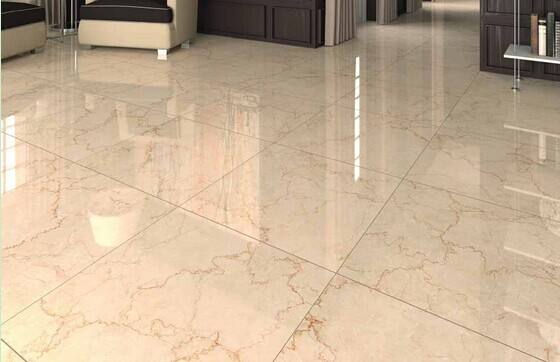
â–º Polished quartz brick
Polished brick is a kind of brick, the surface of which is polished and polished to show a bright and smooth texture. It has high hardness and low water absorption. With the continuous improvement of production technology, it can now be modeled on the surface. Lifelike stone, wood and other colorful designs are popular with the general public, but they are not suitable for bathroom floor materials due to poor slip resistance.
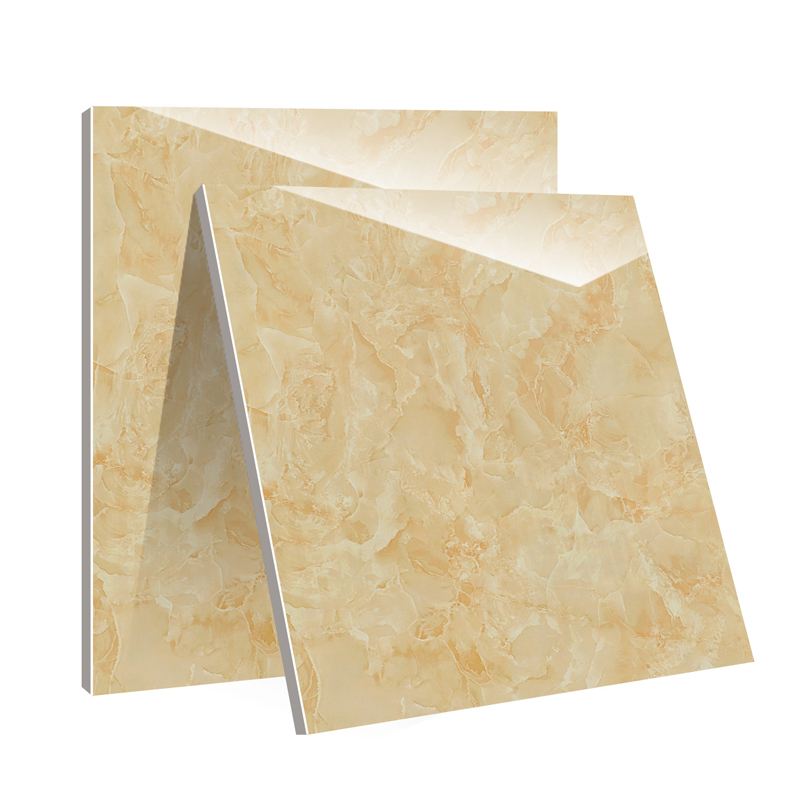
â–º Porcelain tiles
Can be regarded as enhanced version of the polished tiles, the surface of the polished surface showing a smooth glass-like texture, but because the glass tiles do not need to be polished, unlike the polished tiles due to the presence of fine pores on the surface is easy to seepage, to avoid the tiles are easy to dirty It is haunting and has excellent hardness and wear resistance. It belongs to the hardest kind of tiles and is mainly used on the floor material, but its relative price is also high. Vitrified bricks can be used in kitchens where there is a large amount of smoke and dirt. It is dirt-resistant and easy to clean, but it should also pay attention to non-slip!
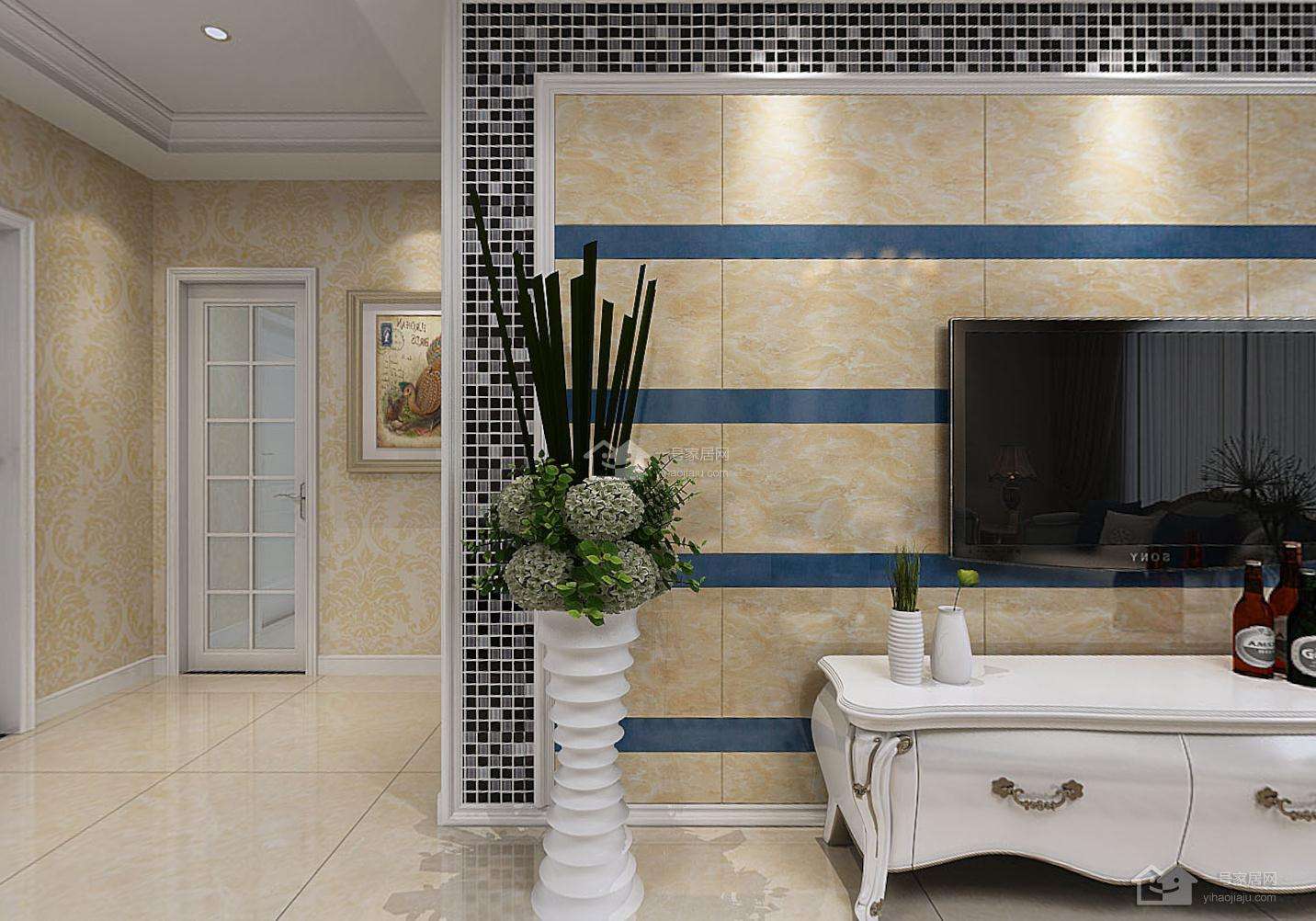
â–º Mosaic tiles
Mosaic tiles are the best type of tiles to identify, but also belong to the smallest type of tile, it has no water seepage, not broken, its color, pattern, the advantages of high flexibility, often used in the bathroom, kitchen wall as Decorative wall materials can easily make visual effects with excellent style performance, becoming one of the most popular building materials nowadays.

â–º Microcrystalline Tiles
Microcrystalline tile refers to a layer of glass-ceramic glass composite fired on the surface of ceramic glass. Its biggest difference from other tiles is that there is a layer of glass-ceramic glass on the surface. The advantages of microcrystalline tiles are obvious, its soft and delicate touch, good weather resistance and strong stain resistance. Whether it is indoor walls, floors, or bathroom basin panels are applicable. However, its disadvantages are also obvious, ie, its strength is low, scratches are obvious, and it is easy to stain.
With regard to the materials related to the tiles , Xiao Bian introduced it to everyone. In so many tiles, the tiles with the most distinctive features and identifiable tiles at a glance are all bricks except for the mosaic tile. Other tiles are similar at first glance, but there are still differences in nature. When you choose tiles, Distinguish carefully, don't mix it! For more information, please follow this site!
Tiles Tiles Tiles Tiles Tiles Tiles Tiles Antique Tiles Tiles Tiles Tiles Tiles Tiles Tiles Tiles Tiles Tiles Tiles Tiles Tiles Tiles Tiles Tiles Tiles Tiles Tiles Tiles